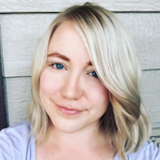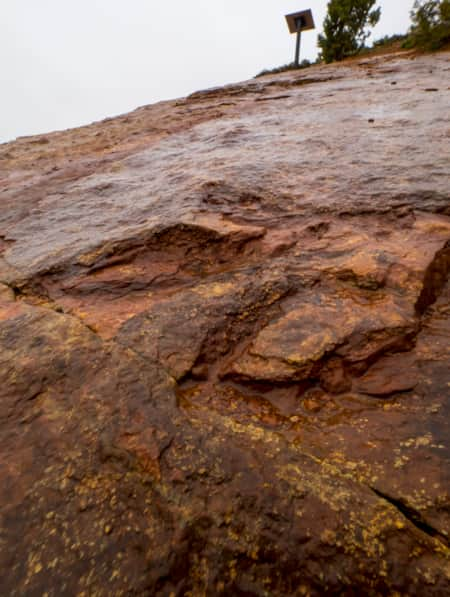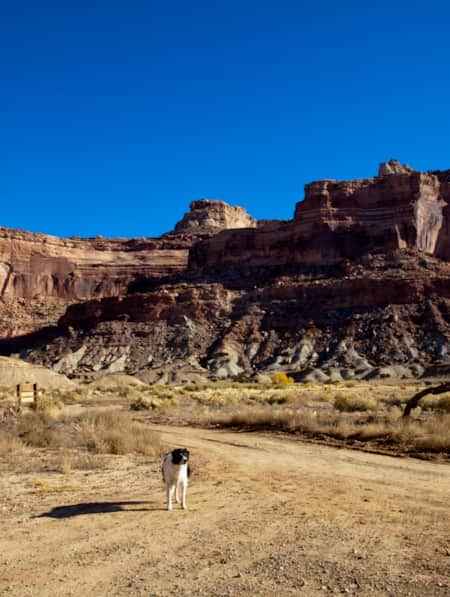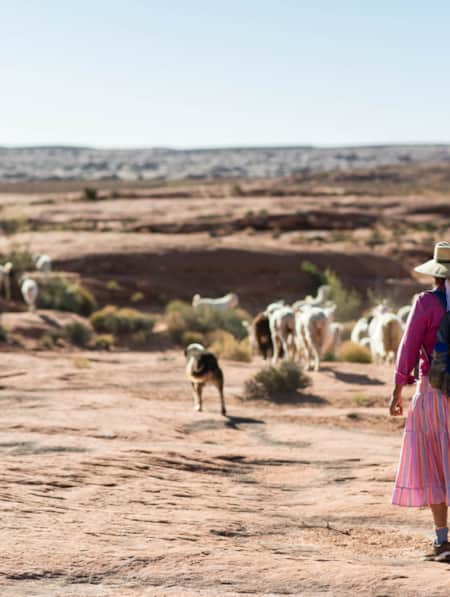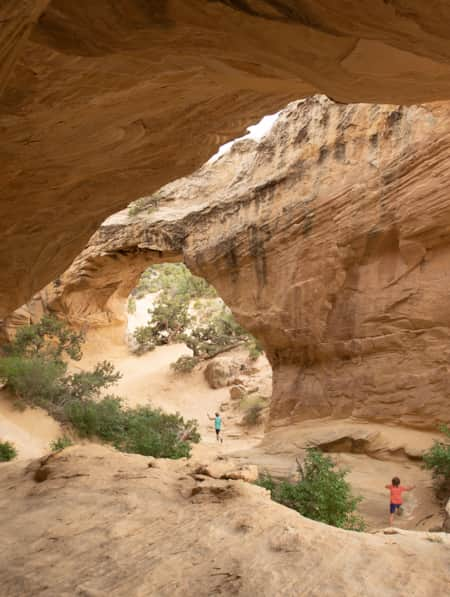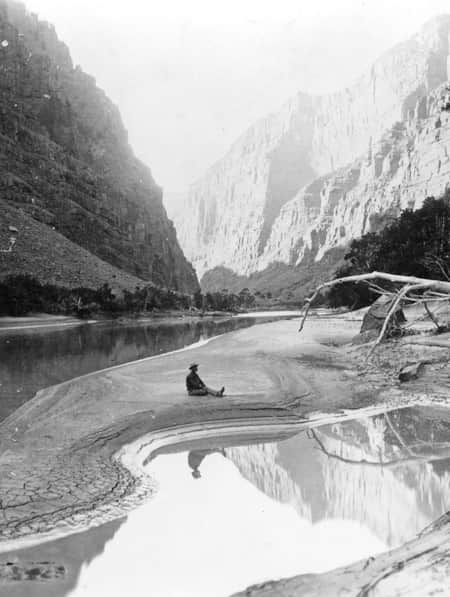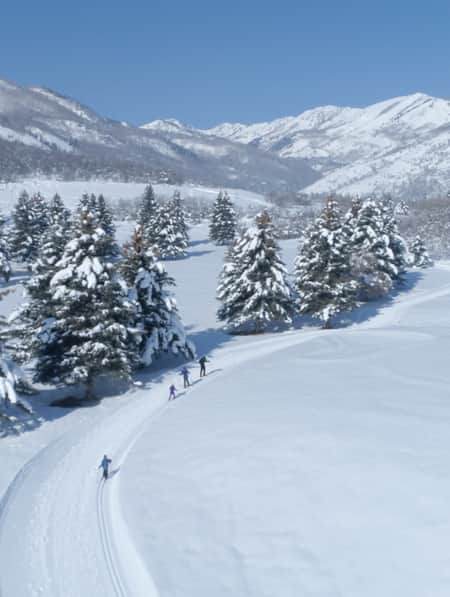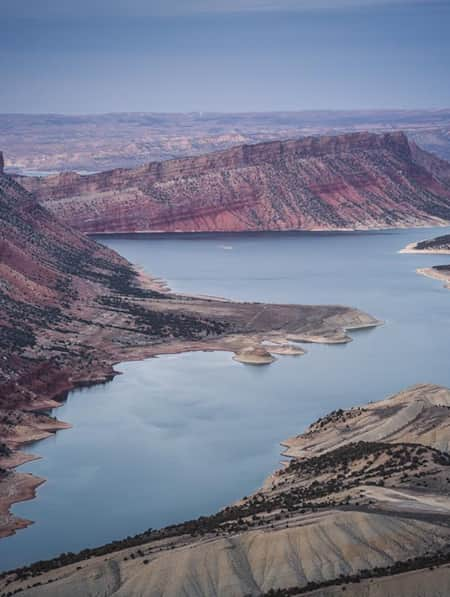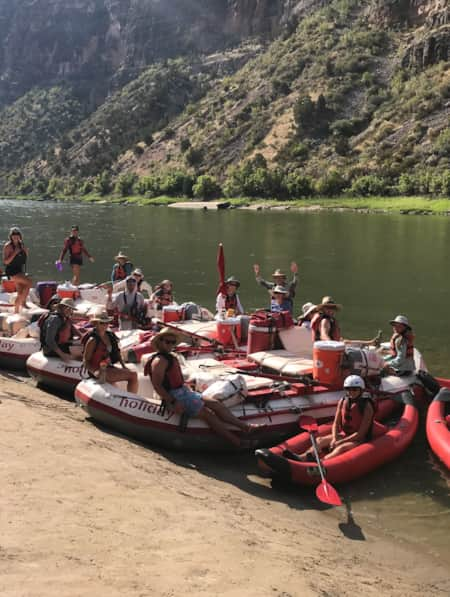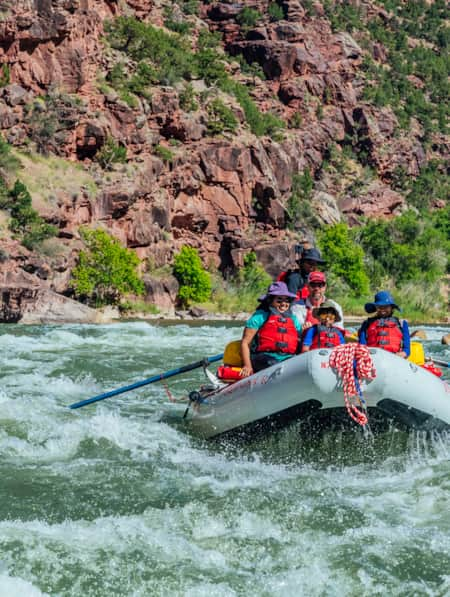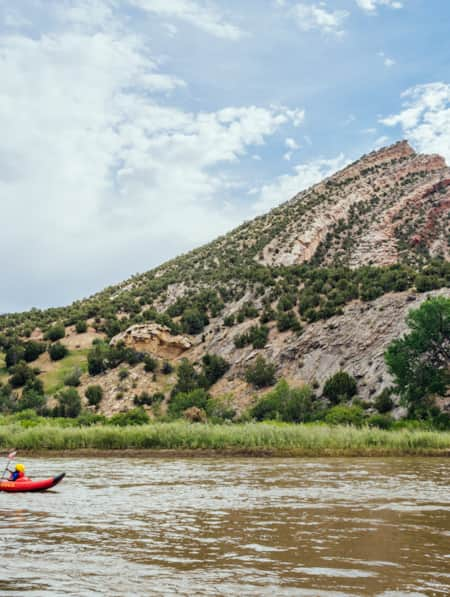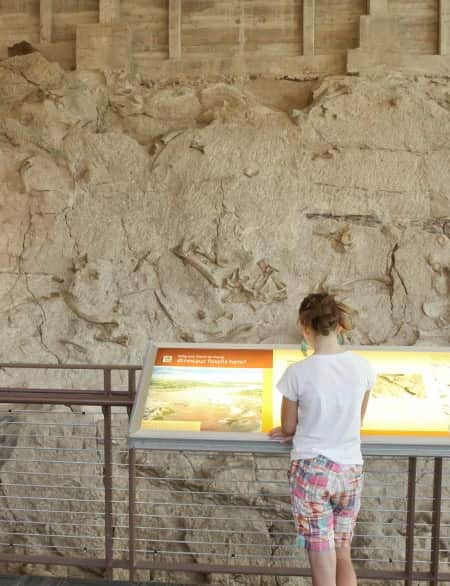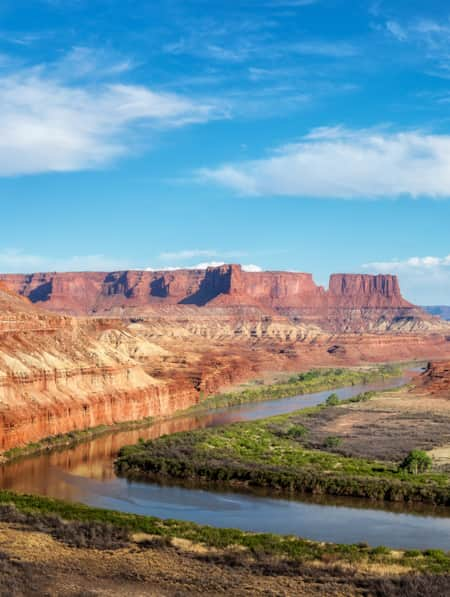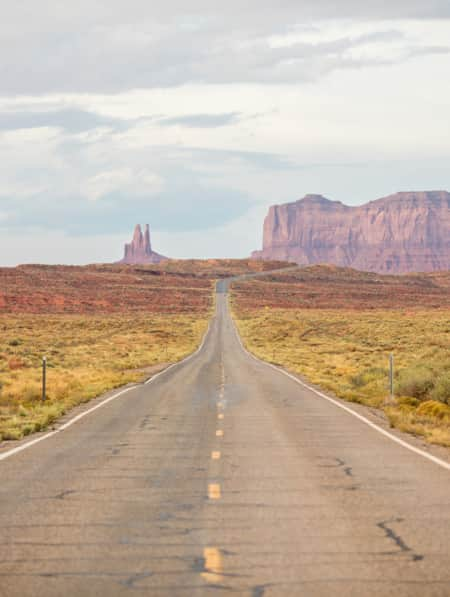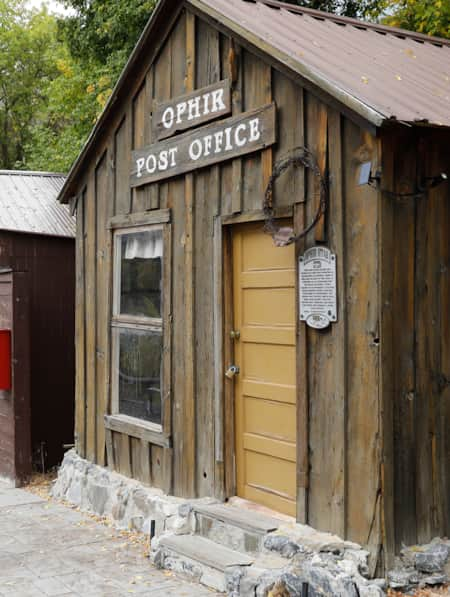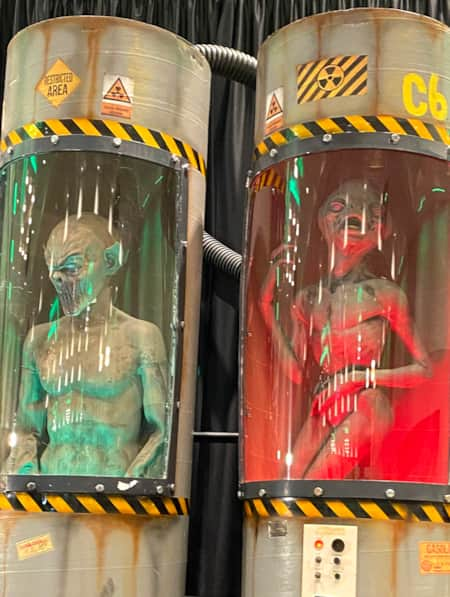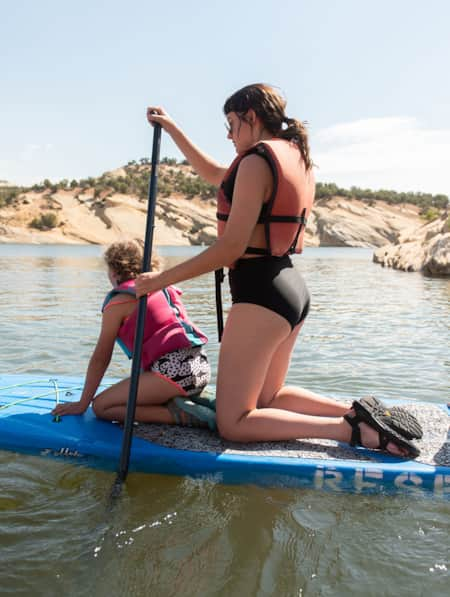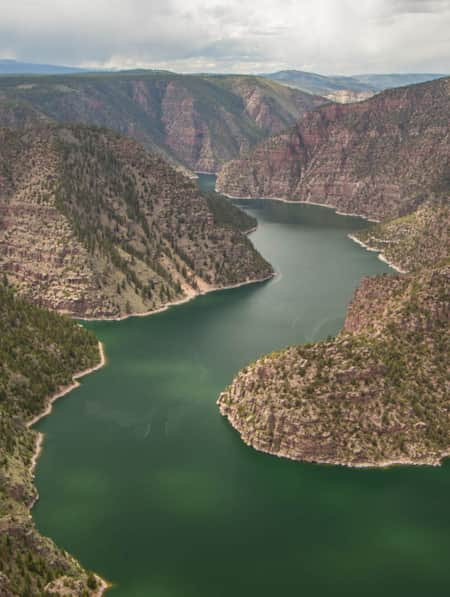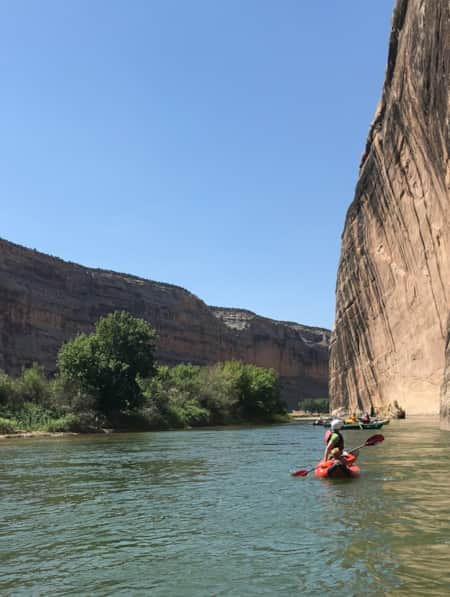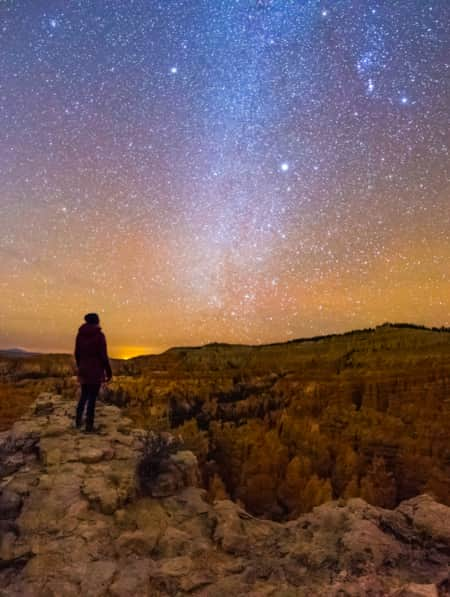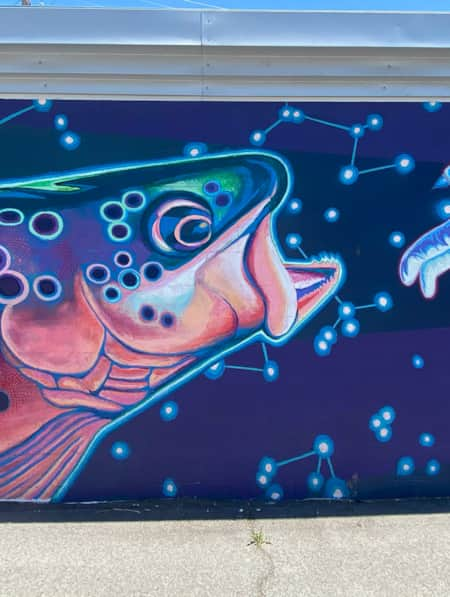Tracing the Outlaw Trail
Cowboys and dinosaurs don’t always come to mind in tandem. At Dinosaur National Monument in northeastern Utah, however, they do share one thing: an incredible landscape as a backdrop. This landscape, as well as some wild history, make Dinosaur a must-visit part of the state.
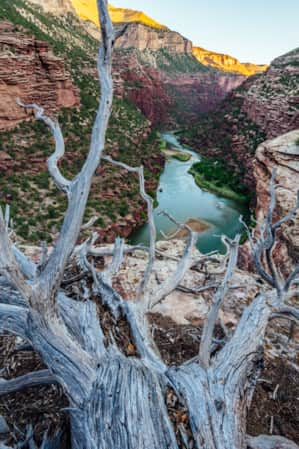
Cowboys and dinosaurs don’t always come to mind in tandem. At Dinosaur National Monument in northeastern Utah, however, they do share one thing: an incredible landscape as a backdrop. Here, rolling hills painted with vibrant bands are left from millennia of geographical upheaval. The Green River runs through the center, contrasting the reds and browns of the earth with a muted emerald hue. The stark environment here leaves a vivid impression. Together, the landscape and history make Dinosaur a must-visit part of the state.
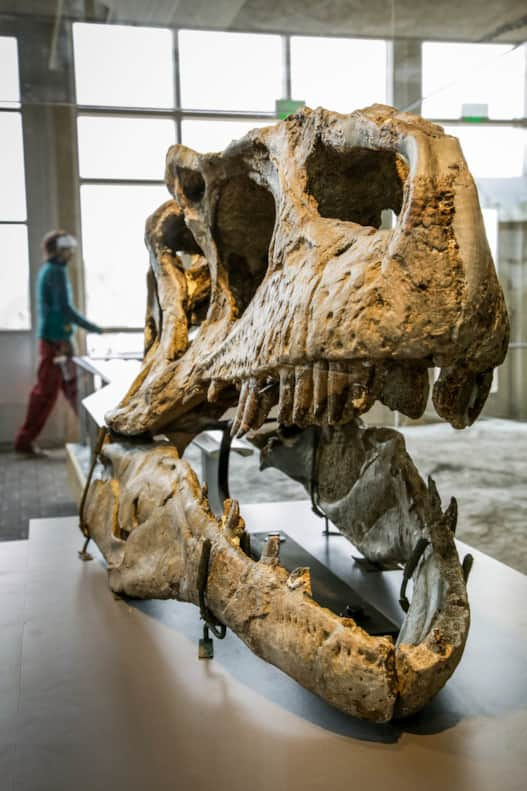
Dinosaur National Monument
Photo: Mark Osler
As a kid I loved dinosaurs, but what drew me here as an adult was the outlaw history. In particular, the story of Josie Bassett Morris enamored me after I spent time two summers ago researching and following in the footsteps of Butch Cassidy and the Wild Bunch (For more on Butch Cassidy, read: In Search of Robbers Roost). This journey brought me to the stories of Josie and her sister Ann, two women who lived completely on their own terms at a time when that wasn’t exactly accepted, and in a rough and rugged landscape that didn’t encourage it either.
This fascination lured my partner, Mike, and me to Dinosaur National Monument for a weekend van camping trip. In Salt Lake City we rented a Wandervan, a van fully outfitted for camping and exploring, and headed deep into the northeastern corner of the state. I found more than what I was looking for — in story, history and the landscape.
We reached the Dinosaur National Monument Visitor Center in the late afternoon after a three-hour drive from Salt Lake City. I was in awe of the rugged landscape the entire time and amazed to know that more than one hundred million years ago, this area was a tropical rainforest where dinosaurs roamed and thrived on ancient shorelines.
The visitor center is located just outside of Vernal near the entrance to the monument. We learned that there are a few other entrances to the monument, but with no roads going through the entire area directly, the Vernal entrance is the best place to start if you want to learn about the dinosaurs and visit historical sites. (Vernal also makes an excellent base camp with plenty of dining and lodging options.)
After a good, long road trip, I was excited to hit the Fossil Discovery Trail right away. The trail starts just outside the visitor center and winds 1.2 miles further into the monument. We encountered several tiny blue lizards that scurried underneath our feet and even occasionally paused long enough for a photograph. Though short and not very steep most of the way, it was an exposed trail with very little shade — come prepared in summer months.
"I was in awe of the rugged landscape the entire time and amazed to know that more than one hundred million years ago, this area was a tropical rainforest where dinosaurs roamed and thrived on ancient shorelines."
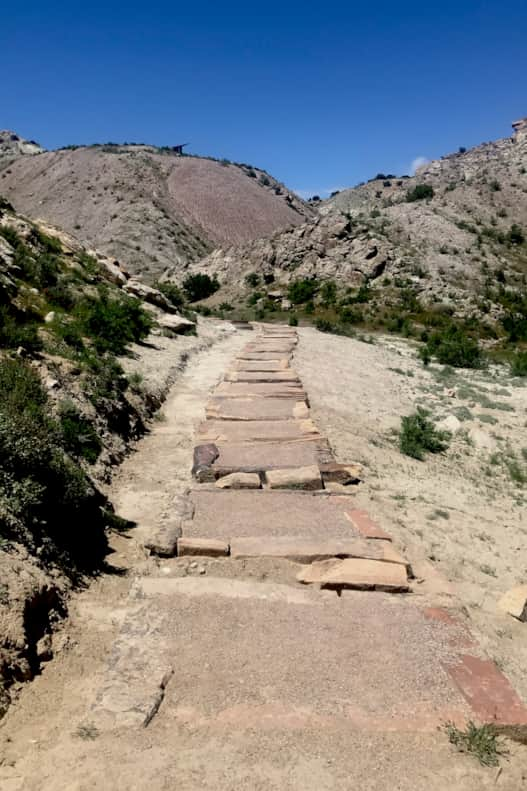
Fossil Discovery Trail
Photo: Lindy Blanchette
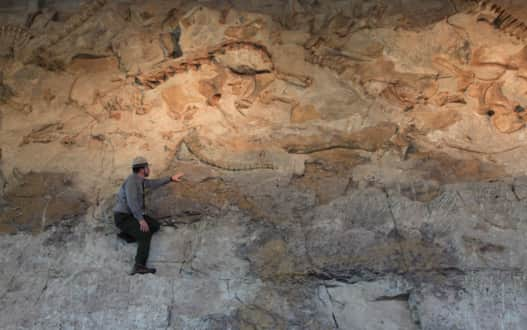
Wall of Bones at Dinosaur National Monument.
Photo: Mark Osler
The trail ended at a massive cliff wall where embedded dinosaur bones and an abundance of clam fossils are marked by small white arrows. Bones here are left partially exposed and visitors are encouraged to touch them. I ran my fingers across the smooth edges of the 149- million-year-old bones, including one that was wider than me and longer than my leg. It felt and looked a lot like petrified wood, and it was a bit surreal touching it and simultaneously trying to imagine the creature it had once belonged to.
Mike and I felt even more like little kids at the Dinosaur Quarry Exhibit Hall and were in complete awe of everything around us from the moment we opened the door. The building was constructed around the original Carnegie Dinosaur Quarry which was discovered in 1909 by Earl Douglass, a paleontologist who was employed by the Carnegie Museum of Natural History in Pittsburgh, Pennsylvania. Because of this connection, a lot of the Jurassic bones unearthed here are actually housed in Pennsylvania and at other museums across the country, including the Smithsonian in Washington, D.C.
From floor to ceiling, more than 1,500 bones are still embedded in the quarry wall, which has been left exposed for visitors to take in. The exhibit gives you an idea of what the early paleontologists and excavation teams saw as they uncovered bones here. This exhibit hall was an early dream that Douglass had for the quarry. At some point he felt that the excavation should stop and guests should be able to take in the sight of so many dinosaurs all enmeshed together in that enormous wall.
Though a lot of the bones that were removed completely can be seen at other museums, there are some on display right there. My favorite dinosaur growing up was the Allosaurus, a predator that’s like a smaller version of the Tyrannosaur rex. I couldn’t tell you why exactly, but seeing the Allosaurus on display spurred that emotive sensation of being a little kid. My other favorite by far was the partial skeleton of a juvenile Stegosaurus (the most complete ever found). It was roughly the size of my dog.
A few miles down the road at the Green River Campground we found a beautiful spot under some trees and close enough to the river we could hear it. The rental eliminated the need to set up a tent or get our sleeping bags so we just pulled out some camp chairs and our cooler.
We found several hiking trails near the campground, including the Sound of Silence Trail. Like the Fossil Discovery Trail, you get to see some of the native flora and fauna up close. It is nice to get out and really feel the landscape too. Walking through the red rocks adds a sensory layer to the experience: You see, but also feel, the fragmented rocks and crimson sand beneath your feet. This particular trail is exposed as well, so I would recommend taking it in during the early morning or evening hours, as we did.
Back at the campground we cooked crab legs, s’mores and enjoyed some of my favorite Utah beer, the Wasatch Ghostrider, which felt particularly appropriate for the occasion with the outlaw cowboy on the can. Dinosaur is accredited by the International Dark-Sky Association, so we stayed up late to spend a few hours stargazing before going to sleep. The accreditation means that park rangers and officials work to minimize light pollution, leaving more of the night sky visible. Before the trip, I downloaded a stargazing app, Star Walk 2, and easily found several constellations.
The following morning, we quickly packed up the Wandervan after breakfast and headed a few miles farther into the park.
"This trip really reminded me how much there is still to experience in Utah. Growing up here, I somehow felt that I intimately knew every part of this state and became distracted by far off places."
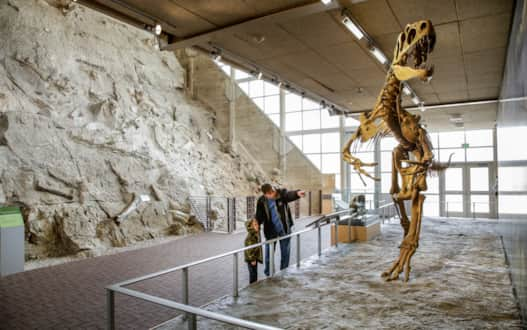
The Allosaurus reconstruction stands watch at the Quarry Exhibit Hall.
Photo: Mark Osler
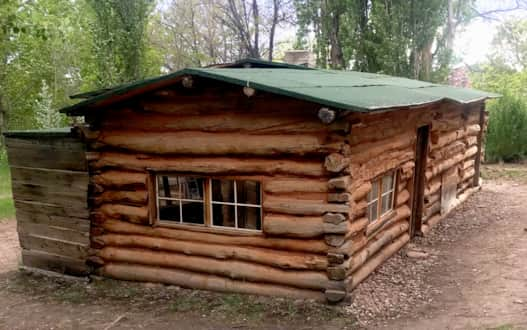
The Josie Bassett Cabin
Photo: Lindy Blanchette
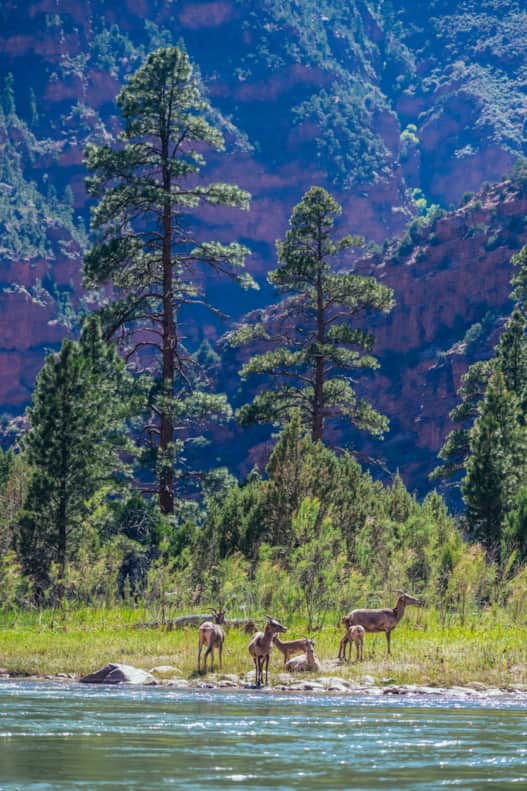
Bighorn sheep traverse the bank of the Green River in Lodore Canyon.
Photo: Jeremiah Watt
First, we made a stop at some distinctive petroglyphs located just on the side of the road. Long after the dinosaurs went extinct and epochs passed, the area became home to a prehistoric people known as the Fremont Culture, who in addition to a wide array of artifacts and architecture, left these amazing designs in rocks throughout the area. There are actually several places in Dinosaur to see both pictographs (images painted onto the rock) and petroglyphs (images carved into the rock). Even after centuries, you can really see the detail in each carving.
But I was eager to get to our next stop a few miles down the road: the Josie Bassett Morris cabin. Josie Bassett and her sister Ann used to spend time with the Wild Bunch.
They met because the infamous gang would take refuge at their father’s ranch in Brown’s Park, which was located along the so-called Outlaw Trail. Josie and Ann both reportedly dated Butch Cassidy and others members of the gang. Josie was also one of only five women ever allowed at Robbers Roost. Beyond hanging with the outlaws, Josie lived a colorful life. She was married five times and eventually settled down, alone by choice, in her 40s, at the log cabin inside Dinosaur not long before it was established as a monument in 1915.
She lived in the cabin, creating her own little homestead oasis, without electricity or running water. This is where she remained until she died in 1964. The contrast of a life well lived, right on the line between the primitive and modern, struck a chord with me. It was my favorite stop during this trip. Mike and I followed a trail past Josie’s old chicken coop, horse stall and the area where she kept her pigs in Hog Canyon. Thanks to a wet spring, there were wild orchids and lupine all over the place, running up against the deep green grasses and marbled peach, white and red rock cliffs lining the canyon. We lingered for a few hours.
There isn’t a road going directly through Dinosaur National Monument, so we got back on the highway and drove for 50 miles to the Colorado side of the monument to see the Gates of Lodore. John Wesley Powell named the Gates of Lodore during his expedition down the Green River in 1869 after a grand and highly descriptive 18th-century poem by Robert Southey. A short three-quarter-mile trail from the Gates of Lodore campground took us to a higher viewpoint where we could really take it all in. Had we planned for it, we’d have stayed the night.
Our drive took us through part of Brown’s Park, where Josie Bassett grew up. Her family’s ranch is no longer standing, or at least, it is not something advertised and open to the public. What you can still stop and see, however, is the historical John Jarvie Ranch, built around the same time. There are original buildings and replicas that you can stop and take a look at right along the Green River. As you keep driving through there are also remnants of the historical Two Bar Ranch, an outfit that the Bassett’s and other ranchers in the area feuded with in the late 1800s.
Outside of Brown’s Park the road through to Flaming Gorge turned to dirt for nearly six miles. It was a long day of driving, but still beautiful and with a lot to see along the way. I didn’t mind taking it slow along the scenic backway. It felt like part of the van camping experience.
Luckily, we made it all the way to our next overnight at Flaming Gorge a few hours before dark. We drove down to the marina to take a quick look and then found a spot in the Cedar Springs Campground. Again, we quickly pulled the cooler out to make dinner, but the rain storms we had dodged on the Wasatch Front finally caught up with us. But it was nice and warm in the van, and we fell asleep to the rhythmic sound of rain gently hitting metal.
It was chilly the following morning so we opted to drive into town for breakfast and some hot coffee. Once it had warmed up a bit outside, we drove to a boat launch area farther down and took a steep hike from the top of the canyon to see the Green River one more time.
This trip really reminded me how much there is still to experience in Utah. Growing up here, I somehow felt that I intimately knew every part of this state and became distracted by far off places.
On the drive home, I thought again about Josie’s garden behind the cabin, now grown over with grass, fragments of old farm equipment scattered about. The trees in her fruit orchard stand tall, but no longer bear fruit, and her lilac bushes continue to blossom. It is now one of my favorite places in Utah — a journey that started with a Robbers Roost experience two years ago. There is so much still to discover. I’m making a point this summer to get out as often as possible, to keep getting to know the trails, national parks and monuments, open lands and communities, and especially the history and stories about this landscape that I love to call home.
